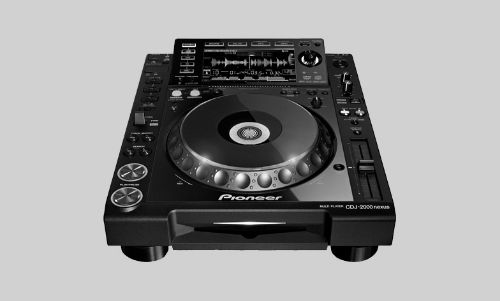Last month, we profiled a rock of the DJ booth, a humble platter that’s gone more or less unchanged for decades. The Technics SL-1200 wasn’t just a DJ tool, but the tool that defined mixing as we know it. The gestures and manipulations through which DJs interact with music—cueing, scratching, speeding up and slowing down—were invented on it. And whether you got your first pair in 1983 or 2013, you’ll play them in the same way.
But almost as soon as Technics took up their long residency in clubs far and wide, the situation on the ground began to change. At the dawn of DJing, vinyl wasn’t just the preferred format but the only format for mass-produced recorded music. Over the last three decades, though, we’ve had a series of shifts—first came the CD, later the internet and mp3s. With computers, we also witnessed a profound democratization in music production, one that flipped the script on where, how and how quickly music could be made. None of this unseated the 1200 as a profoundly important tool to DJs; it did, however, mean DJs had needs that Technics decks alone couldn’t accommodate. Introduced in 1994, the Pioneer CDJ came to represent a different sort of stability in the booth—where 1200s would ensure DJing could always stay the same, CDJs reliably evolved with the times.
Read the rest of the article from Resident Advisor HERE.



